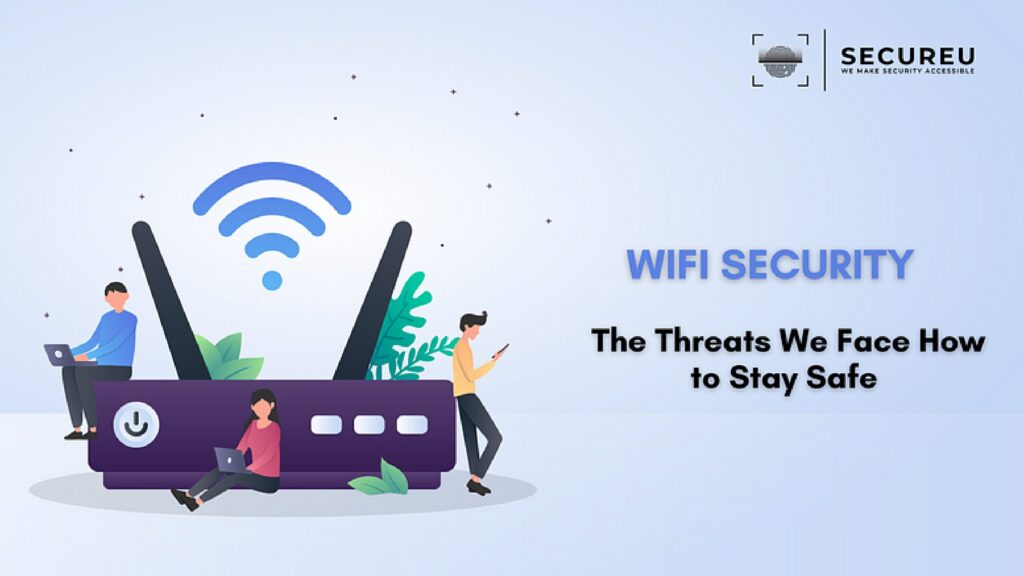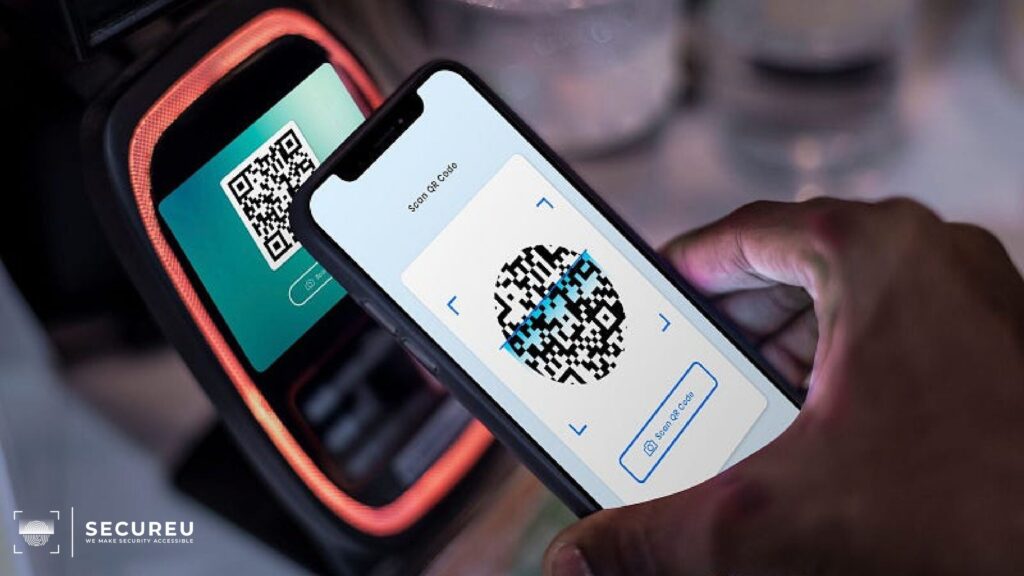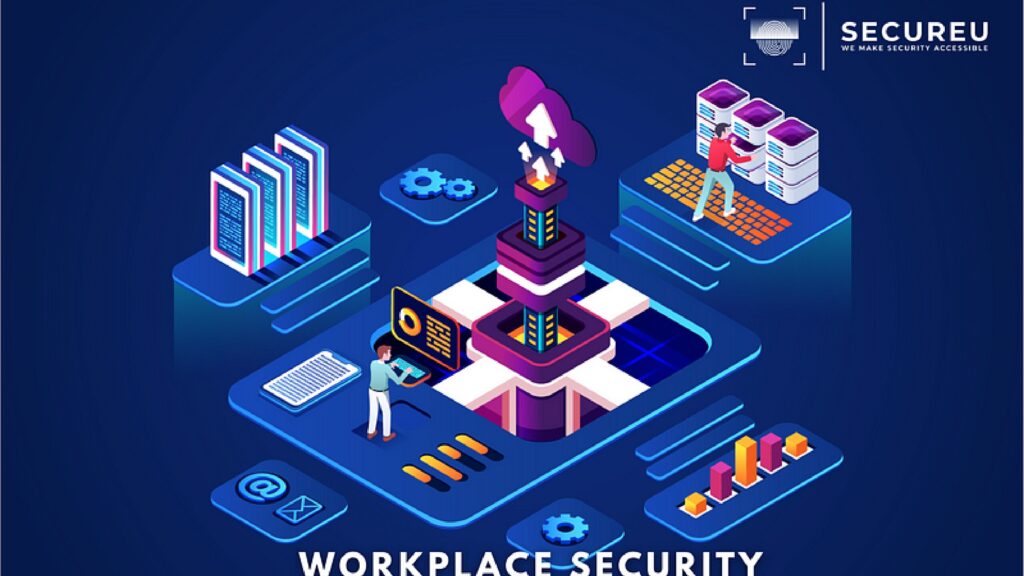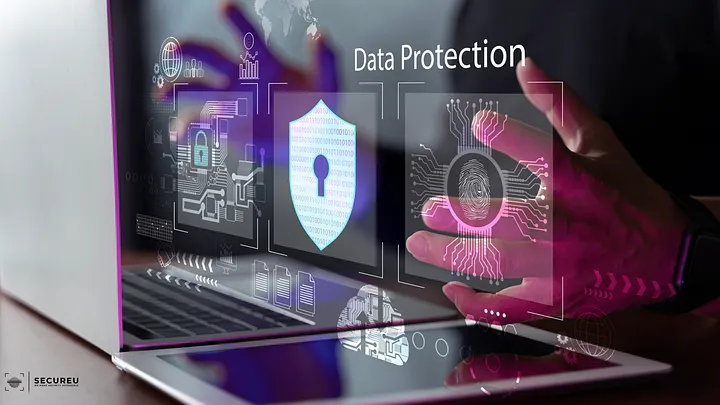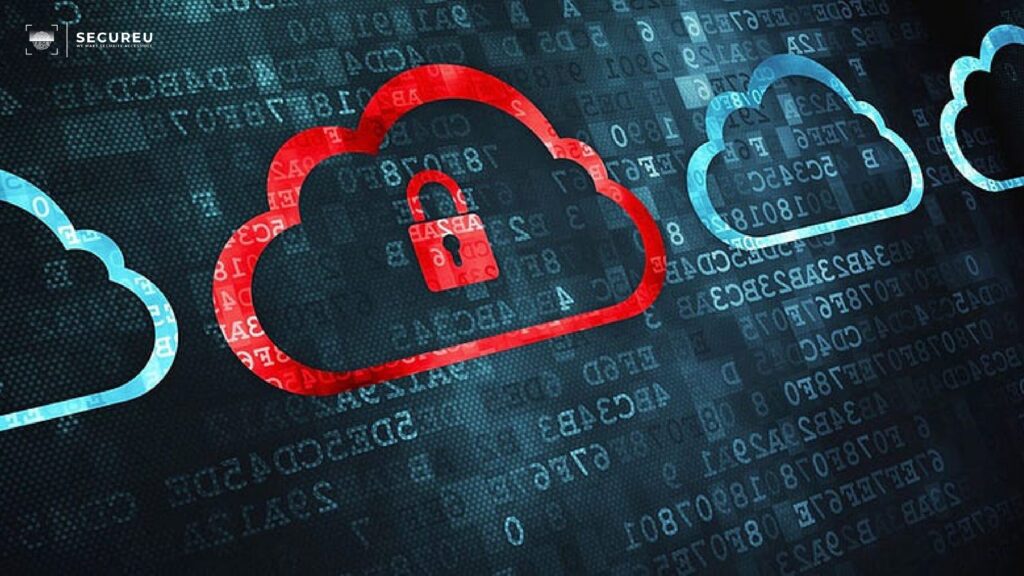The Importance of Red Team and Blue Team in an Enterprise
The Importance of Red Team and Blue Team in an Enterprise Red teams and Blue teams are essential security components for enterprises. Read about the red team’s and blue team’s skills and activities. As cyber-attacks are increasing exponentially, companies need to ensure that their sensitive data is safe from theft and corruption. In order to find and solve vulnerabilities in an organisation, most organisations keep certain teams. These teams are called Red teams and blue teams and are crucial when it comes to defending against advanced cyber threats that can affect business communications, trade secrets, and even sensitive client data. Let’s take a look at how red teaming and blue teaming work and what tasks are performed by each team. What is a Red Team? A Red Team can be defined as a group of people who have been authorised and organised to emulate potential adversary attacks or exploitation capabilities against an enterprise’s security posture. Essentially, red teams play the part of an attacker with the purpose of identifying weaknesses in a system. Activities of a Red Team Members of the red team are required to think the way a hacker would in order to penetrate an organisation’s security with their explicit permission. Some common activities include, but are not limited to, social engineering, penetration testing, intercepting communications, and making recommendations to the blue team for improvements in security. Red Team Skills Because of its offensive attitude, red team activities have their own set of skill requirements. Building the following skills can help you succeed as a red team member: What is a Blue Team? A Blue Team can be defined as a group of people who are tasked with defending an organisation’s use of information systems by preserving its security posture against a group of faux attackers. Blue teams are defensive teams that protect an enterprise’s essential assets. Activities of a Blue Team The job of blue team members is to analyse the current security strategies and systems of an organisation. They also take steps to tackle flaws and vulnerabilities in these systems. As a blue team member, you would have to monitor for breaches and respond to them when they do take place. Some other tasks of the blue team are DNS auditing, digital footprint analysis, monitoring network activity, installation and configuration of firewalls and endpoint security software, and using least-privilege access. Blue Team Skills In order to defend an enterprise against attacks, one needs to understand which assets need to be protected and the best ways to protect them. Developing the following skills can help a blue team member excel at their job: How do Red Teams and Blue Teams Work Together? The most important factor when it comes to executing successful red and blue team exercises is communication. Blue teams need to be aware of new technologies that can improve security and share this information with the red team. In the same way, red teams need to be up to date on the new threats and penetration techniques that hackers use and inform the blue team about prevention techniques. Whether or not the red team informs the blue team about a planned test is dependent on your goal. For instance, if you want to simulate an actual response scenario to a “legitimate” threat, then the blue team would not be informed about the test. It is also important to ensure that someone in management is aware of the test, usually the blue team lead. This guarantees that the response scenario is still tested, but with more control when or if the situation is escalated. When the test ends, both teams collect information and make reports about their findings. If the red team succeeds in penetrating defences, they advise the blue and give them advice on blocking identical attempts in a real-life scenario. Similarly, the blue team must let the red team know if their monitoring procedures detected an attempted attack. Both the red and the blue teams need to work in tandem to plan, develop, and implement better security controls as required. Do We Even Need Red Teams and Blue Teams? Yes, we do need red and blue teams. The existence of these teams in an enterprise setting is essential as it allows an enterprise to understand how effective its security posture is and allows it to quickly react to attacks and improve its security further. These teams are sure to help an enterprise improve its security systems and ensure that it is not caught off guard and harmed by an attack. Reach out to us today & let’s talk about how we can help you! Website: https://secureu.in | E-mail: contact-us@secureu.in | Contact us: Instagram, Twitter Youtube & LinkedIn
The Importance of Red Team and Blue Team in an Enterprise Read More »
The Importance of Red Team and Blue Team in an Enterprise Red teams and Blue teams are essential security components for enterprises. Read about the red team’s and blue team’s skills and activities. As cyber-attacks are increasing exponentially, companies need to ensure that their sensitive data is safe from theft and corruption. In order to find and solve vulnerabilities in an organisation, most organisations keep certain teams. These teams are called Red teams and blue teams and are crucial when it comes to defending against advanced cyber threats that can affect business communications, trade secrets, and even sensitive client data. Let’s take a look at how red teaming and blue teaming work and what tasks are performed by each team. What is a Red Team? A Red Team can be defined as a group of people who have been authorised and organised to emulate potential adversary attacks or exploitation capabilities against an enterprise’s security posture. Essentially, red teams play the part of an attacker with the purpose of identifying weaknesses in a system. Activities of a Red Team Members of the red team are required to think the way a hacker would in order to penetrate an organisation’s security with their explicit permission. Some common activities include, but are not limited to, social engineering, penetration testing, intercepting communications, and making recommendations to the blue team for improvements in security. Red Team Skills Because of its offensive attitude, red team activities have their own set of skill requirements. Building the following skills can help you succeed as a red team member: What is a Blue Team? A Blue Team can be defined as a group of people who are tasked with defending an organisation’s use of information systems by preserving its security posture against a group of faux attackers. Blue teams are defensive teams that protect an enterprise’s essential assets. Activities of a Blue Team The job of blue team members is to analyse the current security strategies and systems of an organisation. They also take steps to tackle flaws and vulnerabilities in these systems. As a blue team member, you would have to monitor for breaches and respond to them when they do take place. Some other tasks of the blue team are DNS auditing, digital footprint analysis, monitoring network activity, installation and configuration of firewalls and endpoint security software, and using least-privilege access. Blue Team Skills In order to defend an enterprise against attacks, one needs to understand which assets need to be protected and the best ways to protect them. Developing the following skills can help a blue team member excel at their job: How do Red Teams and Blue Teams Work Together? The most important factor when it comes to executing successful red and blue team exercises is communication. Blue teams need to be aware of new technologies that can improve security and share this information with the red team. In the same way, red teams need to be up to date on the new threats and penetration techniques that hackers use and inform the blue team about prevention techniques. Whether or not the red team informs the blue team about a planned test is dependent on your goal. For instance, if you want to simulate an actual response scenario to a “legitimate” threat, then the blue team would not be informed about the test. It is also important to ensure that someone in management is aware of the test, usually the blue team lead. This guarantees that the response scenario is still tested, but with more control when or if the situation is escalated. When the test ends, both teams collect information and make reports about their findings. If the red team succeeds in penetrating defences, they advise the blue and give them advice on blocking identical attempts in a real-life scenario. Similarly, the blue team must let the red team know if their monitoring procedures detected an attempted attack. Both the red and the blue teams need to work in tandem to plan, develop, and implement better security controls as required. Do We Even Need Red Teams and Blue Teams? Yes, we do need red and blue teams. The existence of these teams in an enterprise setting is essential as it allows an enterprise to understand how effective its security posture is and allows it to quickly react to attacks and improve its security further. These teams are sure to help an enterprise improve its security systems and ensure that it is not caught off guard and harmed by an attack. Reach out to us today & let’s talk about how we can help you! Website: https://secureu.in | E-mail: contact-us@secureu.in | Contact us: Instagram, Twitter Youtube & LinkedIn



